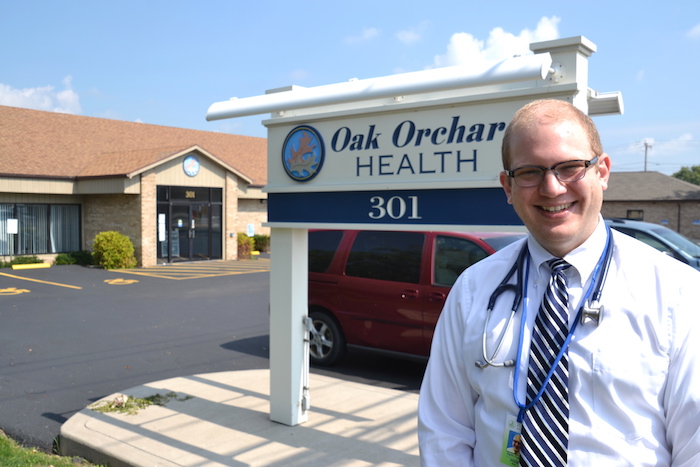Health educators stress importance of immunizations
By Nola Goodrich-Kresse, Public Health Educator in Orleans; Kristine Voos, Public Health Educator in Genesee; and Sarah Stendt, Public Health Intern
The Genesee, Orleans and Wyoming County Health Departments encourage healthy choices that can benefit you, your family as well as the whole community. Immunizations are commonly thought to be needed only in the early years of childhood. However, they are for everyone at any age!
When you think of immunizations, the most common one that may come to mind is the seasonal flu vaccine. You may also think about vaccines that are required for children before going back to school. Just as children need vaccines to protect against diseases; it is also important for you as an adult.
Staying up-to-date on your vaccinations as an adult can prevent unnecessary illness, infection to others, medical bills, and inability to care for your family. With busy fall schedules, immunizations may be the last item on your to-do list.
However, each year adults that don’t update their immunizations suffer from diseases that could have been prevented. These include influenza (flu), tetanus, diphtheria, pertussis (whooping cough), pneumonia, meningitis, shingles and Human papillomavirus (HPV).
You want to be sure to check your immunization record to make sure these are updated as well as varicella (chicken pox) and measles, mumps and rubella. The types of vaccines that you need are different for everyone and it may depend on a number of different factors. These include your age, existing health conditions, work requirements, childhood immunizations and travel outside of the United States. Visit your healthcare provider to learn which ones are best for you!
If you have not had a pneumonia shot, please talk to your provider about what age you should receive it, as it may vary for each person depending on their risk factors. Among all of the vaccines listed above, two vaccines that all adults should have include a yearly flu shot and Tdap Vaccine which protects against tetanus, diphtheria and pertussis (whooping cough). All adults who have not yet received a dose of Tdap, as an adolescent or adult, need to get Tdap vaccine (the adult whooping cough vaccine).
Pregnant women need a dose in every pregnancy. After that, you will need a Td booster dose every 10 years. Boosters are needed more often in order for the vaccine to be effective. Even if you’ve had these vaccines before, the level of protection decreases over time.
“Overall, vaccines are one of the safest ways to protect against diseases that are all around us,” stated Brenden Bedard, Director of Community Health Services for Genesee and Orleans County Health Departments. “They help you prevent spreading diseases to those that are at risk the most for complications; infants, older adults, those with chronic health conditions including asthma, diabetes as well as those who have compromised immune systems (such as cancer or HIV/AIDS). You may think that getting vaccines may not do a whole lot but in reality they are the greatest tool to prevent outbreaks of very serious and deadly diseases. If we don’t continue to update immunizations, outbreaks may become more common.”
Unsure of where to get immunized? Doctor’s offices, pharmacies, workplaces, community health clinics and Health Departments are available to find the best options that work for you! Contact your Local Health Department for more information and any questions you may have.
For information about health department services contact the Orleans County Health Department at 589-3278; Genesee County Health Department at 344-2580 ext. 5555; and the Wyoming County Health Department at 786-8890.




























































































